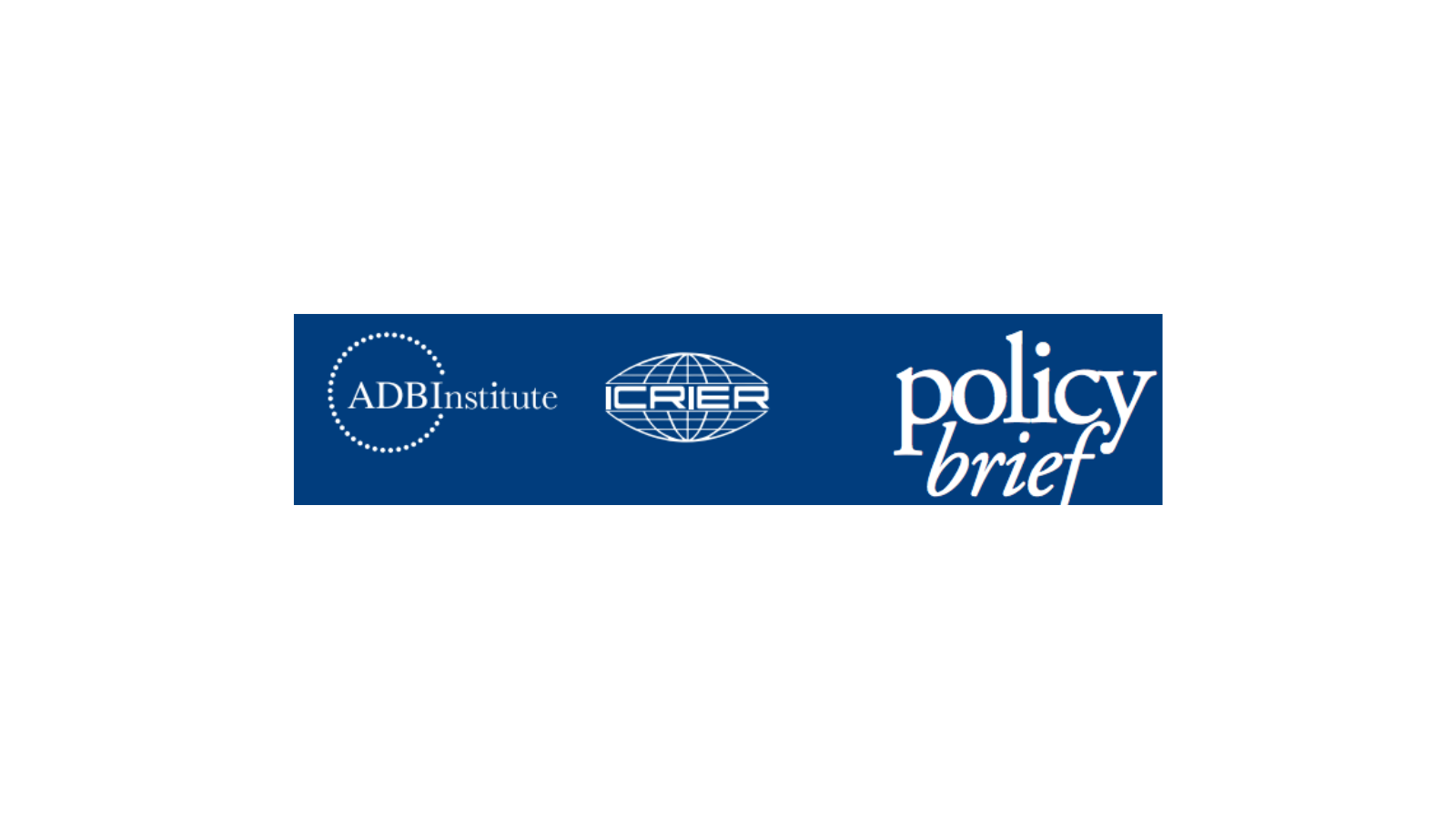A digital identity is one where most aspects of the system that enables it are accomplished digitally. While some digital identities are almost entirely digital, many are built upon pre-existing non-digital identification systems with only some aspects being digitalized. In these cases, digitalization can either replace existing mechanisms, or complement them. This policy brief focuses on digital
identity systems administered by sovereign bodies (public, administrative, legal, and state-affiliated) that serve as foundational or functional identities. …
Key Points
- Digital identities have become popular worldwide given their potential to improve the efficiency, functionality, scalability, and coverage of government schemes and policies.
- A digital identity system must be situated within government to ensure inclusion, security, and sustainability.
- A robust accountability mechanism should be at the core of a digital identity system characterized by clearly designated roles and responsibilities for all parties involved, in tandem with a redressal mechanism to address logistical or systematic errors.
- Digital identity systems should be guarded with stringent cybersecurity and data privacy norms.
- Mandating digital identities for access to public services can lead to exclusion, especially in countries where internet penetration and digitally literacy are relatively low
- Mutual recognition of digital identities can enable cross-border-economic integration and cooperation, though this needs to be supported by a robust and coordinated governance framework
Quelle: The Emerging Era of Digital Identities: Challenges and Opportunities for the G20

